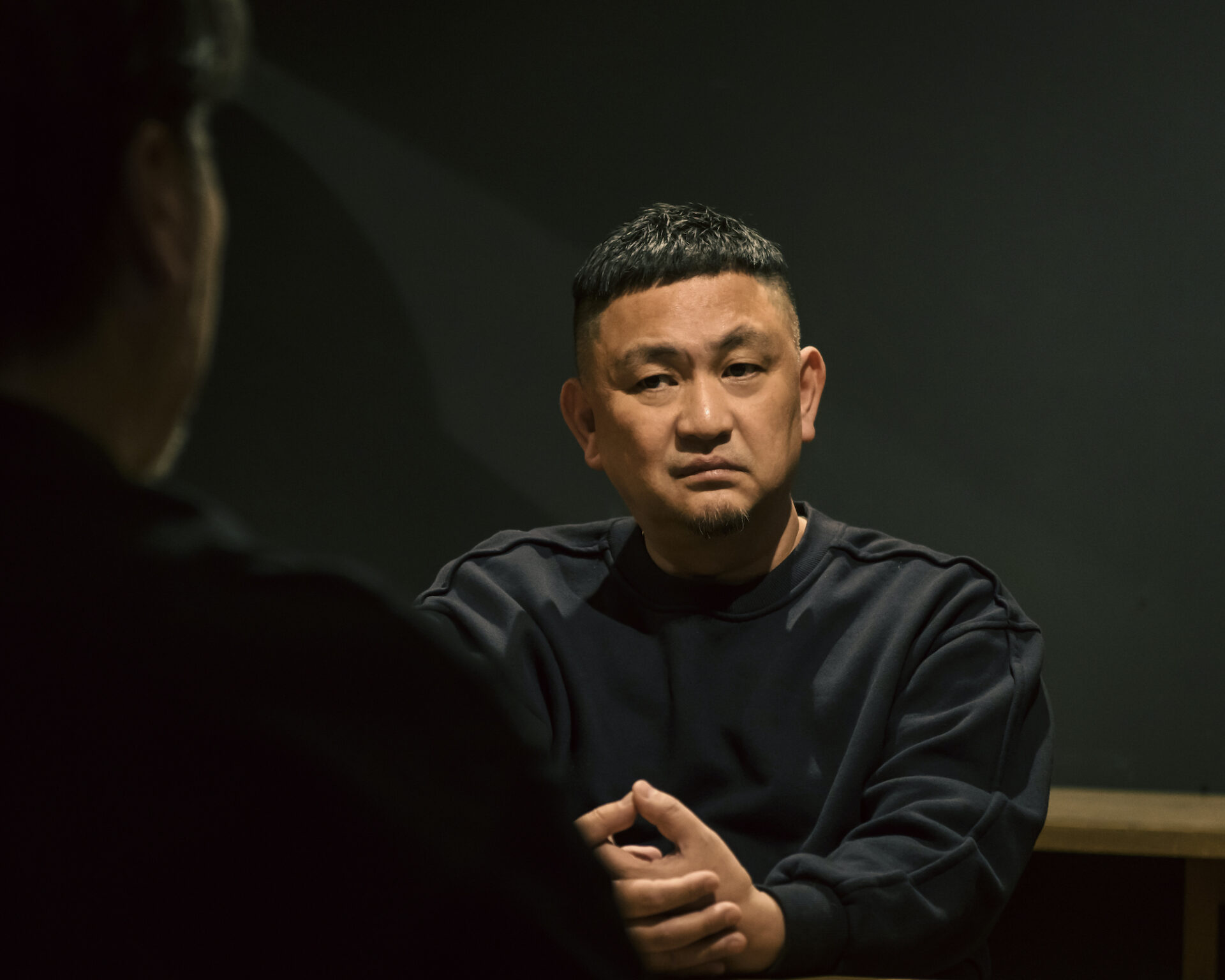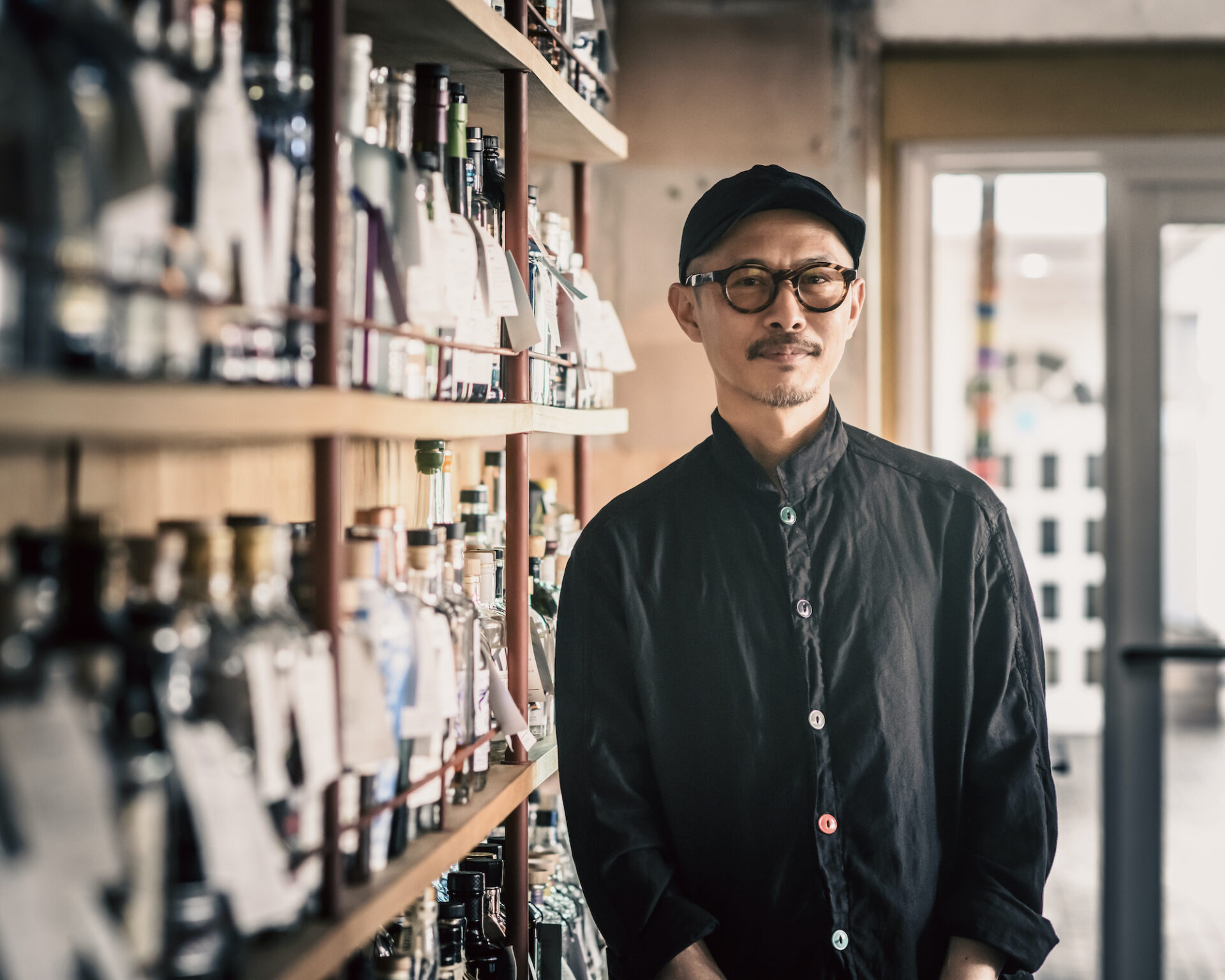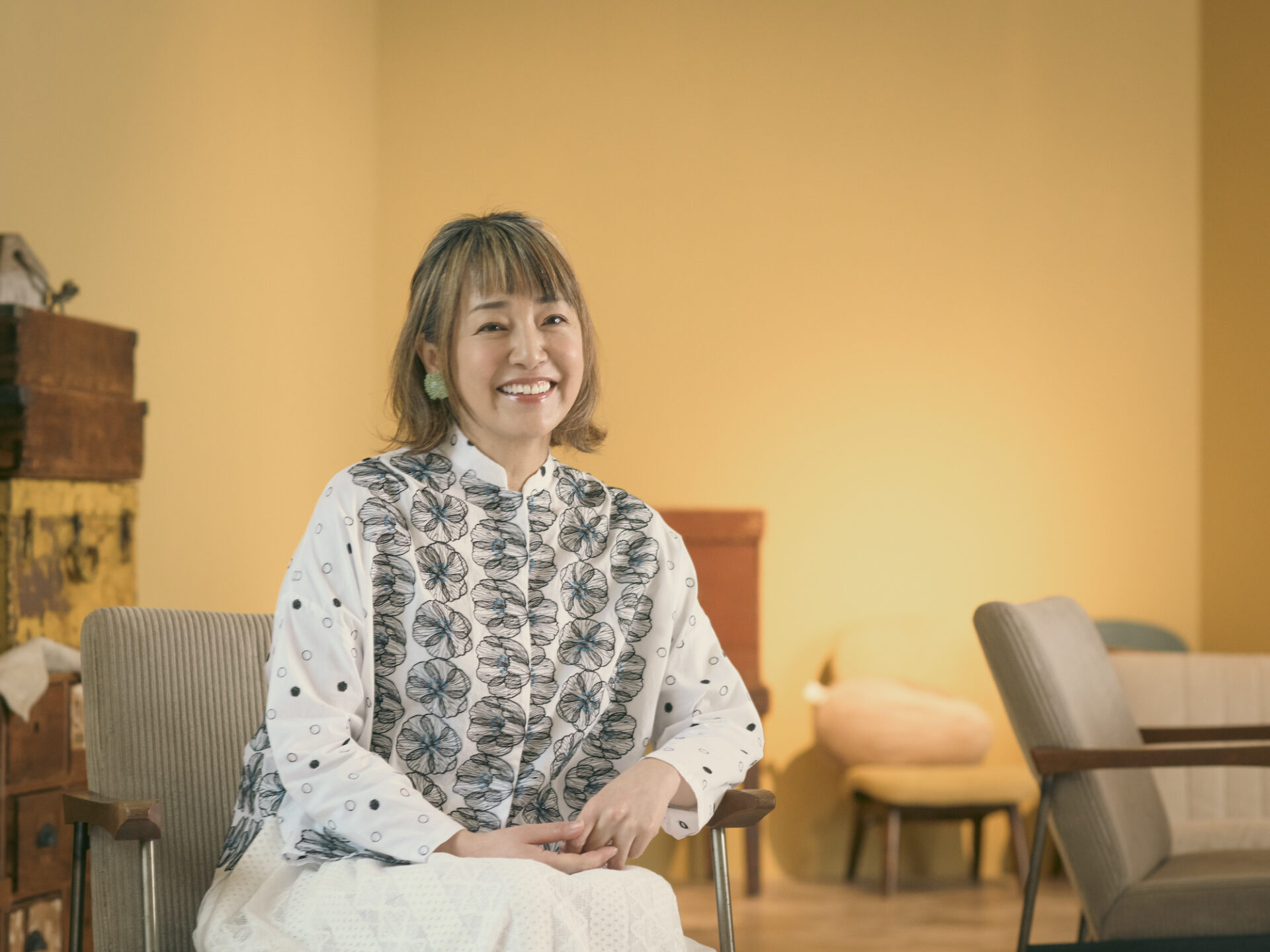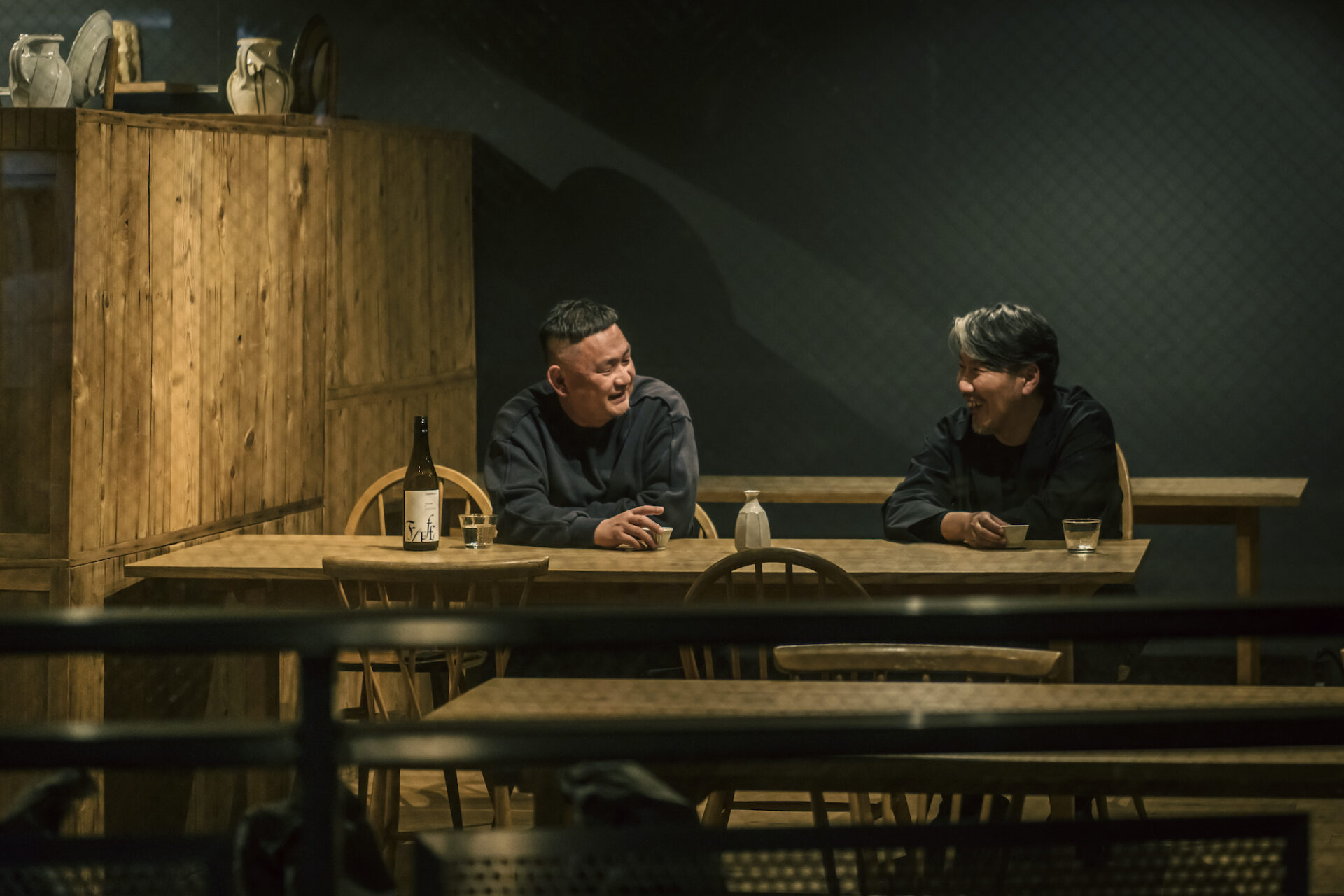
2025-01-30
Vol.13
Buyer & Director, Art Director at SML
Shohei Uno(part 1)
-
The Process where Things Change into "Phenomena"
-
Two Types of "Editing"
-
How Editing Develops People's Sense
Shohei Uno is the owner of the tableware shop SML, which is located in a residential area in Aobadai, Meguro, Tokyo. He has a close friendship with Masakazu Shigeta, the OSAJI brand founder, who also hosts the Idealism series. They have discussed a wide range of topics, from Japanese tableware, folk craft and design, music, and food to current affairs over sake. The theme of today’s dialogue between the two is “editing.”
The word “editing” is not limited to editing books, and the method is utilized in various fields these days, including corporate marketing, business building, product development, and sales floor design. In a situation where new players such as YouTube and Instagram have gained power in promoting products and services, what will be the role of the editor and the value of editing in selecting material and connecting it to provide to the public? The two exchanged frank opinions, as usual, over sake.
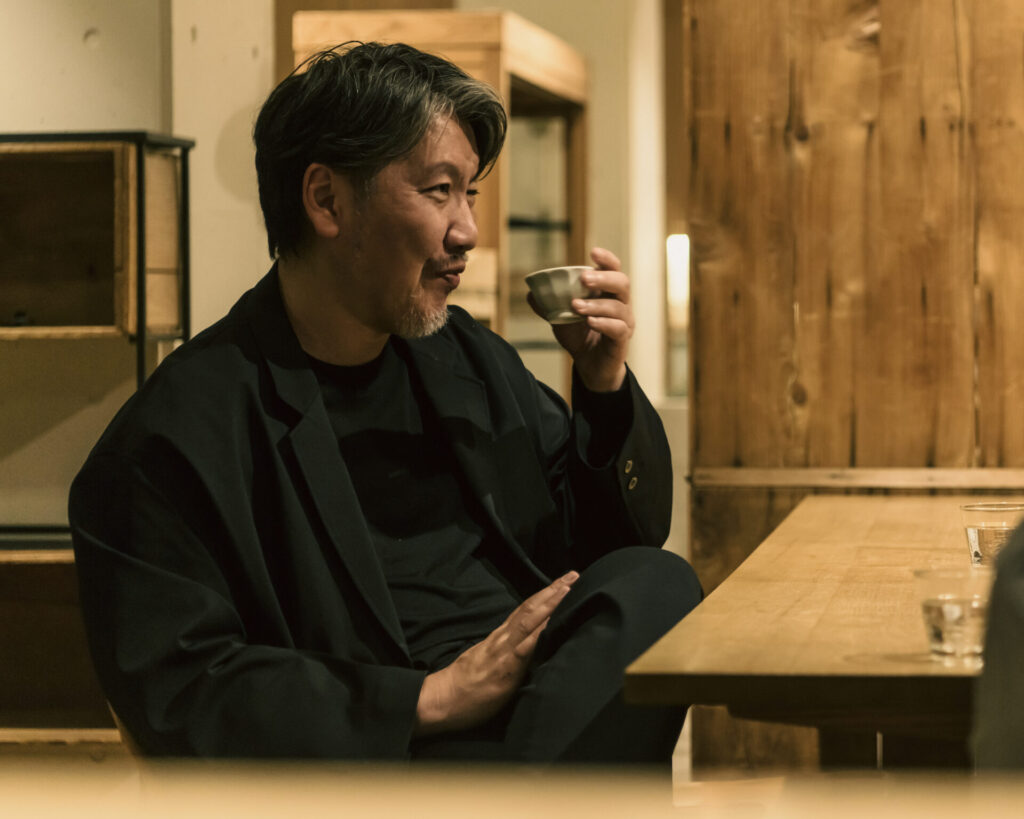
“There are a certain amount of people who make 0 to 1 out there. But only a few people can work to turn 1 into 2 or 3.” (Shigeta)
——When did you get to know each other?
Shohei Uno: We had a mutual acquaintance who introduced Mr. Shigeta to me, saying, “I know someone of a rugged look, so I am pretty sure you two will get along well.” That was about two years ago. If I remember correctly, I first met him at the launch event for the tableware brand HEGE that Mr. Shigeta produced.
Masakazu Shigeta: We both have an atmosphere that is like an anti-social group (laughs).
Uno: Oh, do you think so? Since then, he has frequently invited me to events. Most recently, we traveled to Shimane together.
Shigeta: When we went to Shimane, you said, “That guy only gets involved with things that sell.” I also know the person and thought you were right when I heard it. It is not the essence of dealing with crafts and folk art to collect and sell only popular artists’ works.
The other day, I invited Mr. Uno to an event I organized. The event aimed to introduce the work of an artist called ASUKI. Although he graduated from the Tokyo University of Arts and continues his career in modern art, he is not well known due to various twists and turns. For example, he has only 200 followers or so on Instagram. However, I felt an enormous amount of energy in his work, and I have been thinking about doing something together. But, at least for now, he can not draw a crowd with his work, so I thought it would be nice to set up an occasion where people gather and enjoy themselves with food and drink and experience his works at the same time. I thought having a lively conversation through his work could create new possibilities.
I am more interested in investing in things that have not sold well yet or have not become a “phenomenon” and thinking about how to show the process where talents bloom to people rather than expanding the number of things that are already popular. I guess you are the same type of person as me. There is something wrong with people who only collect popular things and speak as if all the sales are their achievement.
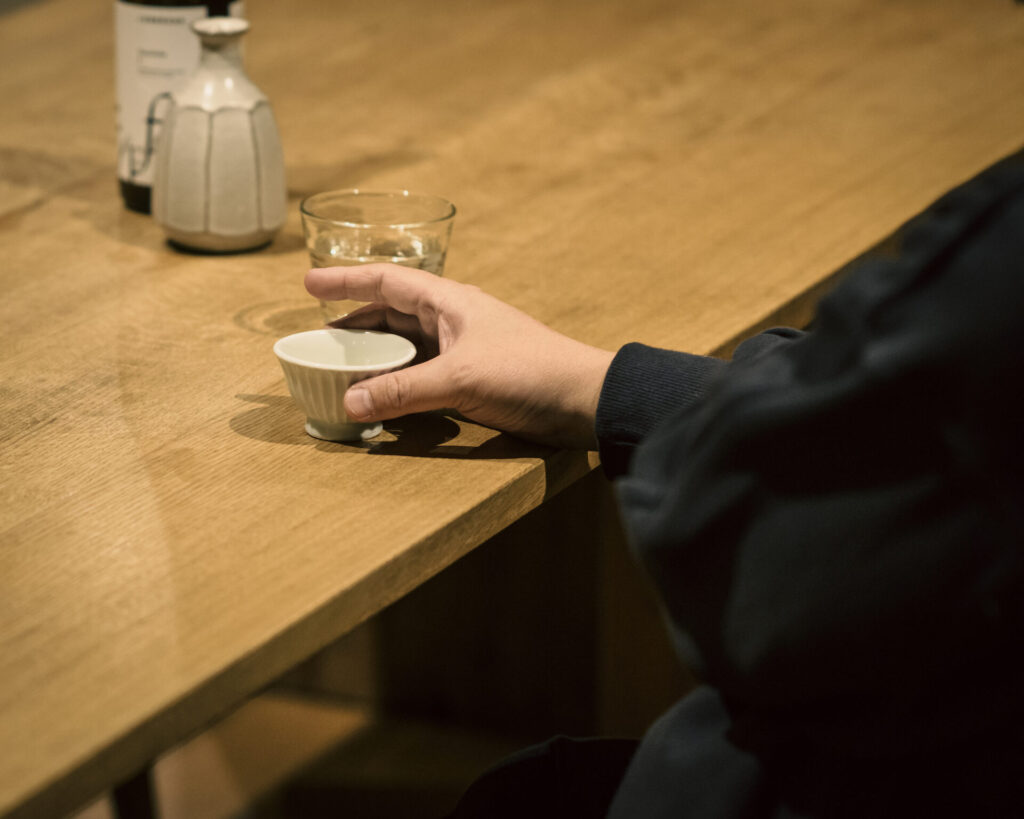
Uno: I think the event you held was a perfect example of the power of “editing,” which is today’s theme. I greeted Asuki at the venue and felt it was a great place to meet him for the first time. The atmosphere between us would have been entirely different if we met somewhere like a solo exhibition.
We enjoyed the food first and then moved to the art, and conversation with people gathered there naturally got lively. The environment undoubtedly helped us to immerse ourselves in his work. Once again, I realized Mr. Shigeta’s high level of editing skills.
——From what you just said, I think both of you have a “0 to 1” oriented mindset. Instead of “1 to 10,” which is about increasing the number of already-accepted values, both of you are interested in discovering unknown talents and thinking about how to make them recognized in the world.
Shigeta: Actually, there are a certain amount of people who make 0 to 1 out there. But only a few people can work to turn 1 into 2 or 3. For example, it is already 0 to 1 once artists create something. But nobody wants to take the process of turning it into 2 or 3.
Uno: It is one of the hardest parts. But you and I think it is the most attractive and fascinating phase.
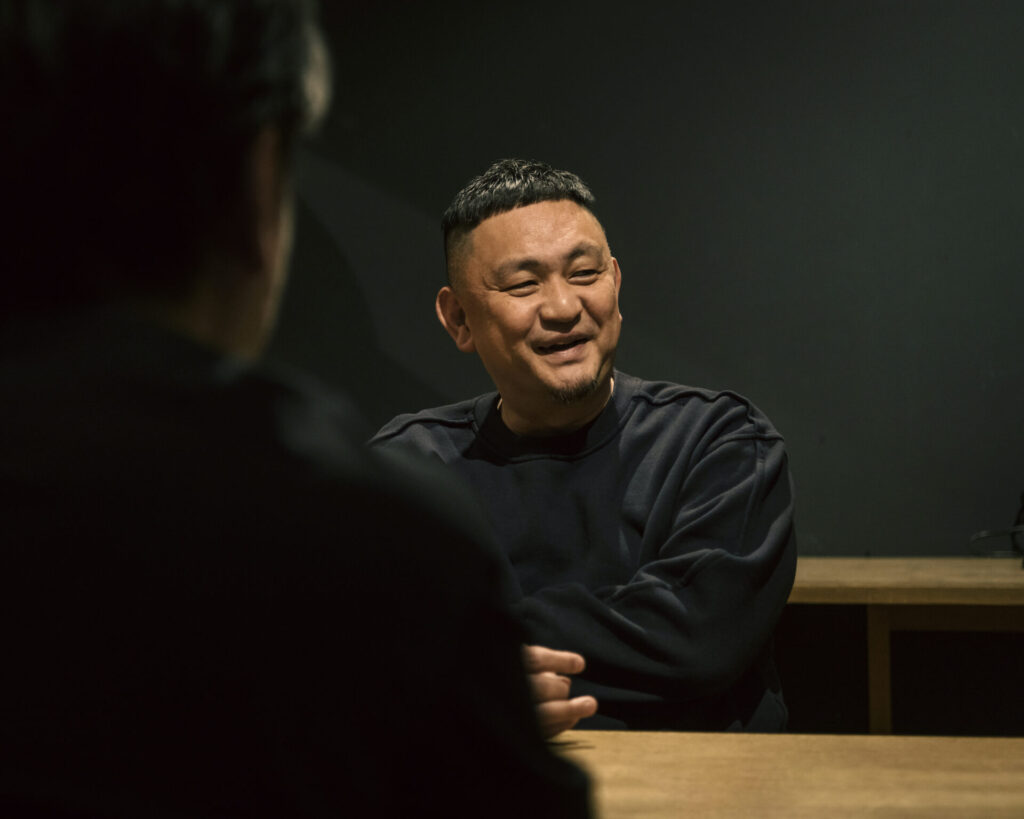
——What do you find challenging in the process of turning 1 into 2 or 3?
Uno: For example, even if we have an artist who we think is really promising, sales and the number of customers will not increase unless the work is evaluated. For a small shop like ours, the biggest unveiling event we can arrange would be once a year at most, so we have to be patient for 2 or 3 years before we see the outcome. We have to be patient and wait until the fire flares up. Perseverance is required.
Of course, we just don’t sit and wait, but we also think about strategies. For example, we run a booth at special events held at department stores in Ginza. It is like we try to attract people in places where customer bases and customer appeal are totally different, and if the fire goes up, we will follow up in our shop.
——So, you try to explore new reactions by changing the way you attract people and collaborate with things in other genres.
Uno: Exactly. I suppose this is where editing demonstrates its power: not just giving information normally, we think about approaching the customers by foreseeing their next action and emotional experience. But, in the tableware industry, everyone is fighting over a small number of customers, and doing the same old thing will not expand the customer base. It is important to think about how to approach people who know nothing about tableware or who have only bought dishes at somewhere like hundred yen stores. Essentially, we have to think about it more seriously. In such circumstances, I think trying something new by collaborating with other genres or redefining tableware from different angles is effective.

“Through the experience I learned from running a shop, I understand that the editing of bringing something from somewhere and the editing to convey it to the world is completely different.” (Uno)
Shigeta: One of the main themes today is “editing,” and I think there are two different types. One is the editing to make things into a phenomenon, and the other is the editing to convey it. Although the same word covers both, their roles are completely different. However, the two are often confused in society. People think the editing from “produce” to “sell” and the editing from “sell” to “buy” are the same.
We are the type of people who do both by ourselves. Still, since creators have their strengths and weaknesses, you will learn a hard lesson if you ask someone who is not good at creating a “phenomenon” to do it. The outcome is not what you imagined. I have had many experiences where I asked the wrong person to do it and corrected everything in red (laughs).
——The idea that the editing from “produce” to “sell” and the editing from “sell” to “buy” exist separately gives me a fresh perspective.
Shigeta: The other day, I had an opportunity to lecture 5th-grade students. The theme was “The Future of Japanese Industry.” Thinking about what to talk about, I came up with the idea of talking about the difference between editing from “production” to “sell” and editing from “sell” to “purchase” and their importance.
School teaching also covers the topic of industrial production in social studies, but the range is very limited. It is like they teach it by dividing the sectors into “producing,” “selling,” and “buying.” As a result, children enter society without knowing the existence of “editing” that lies between them.
Uno: That is where the real jog is, actually.
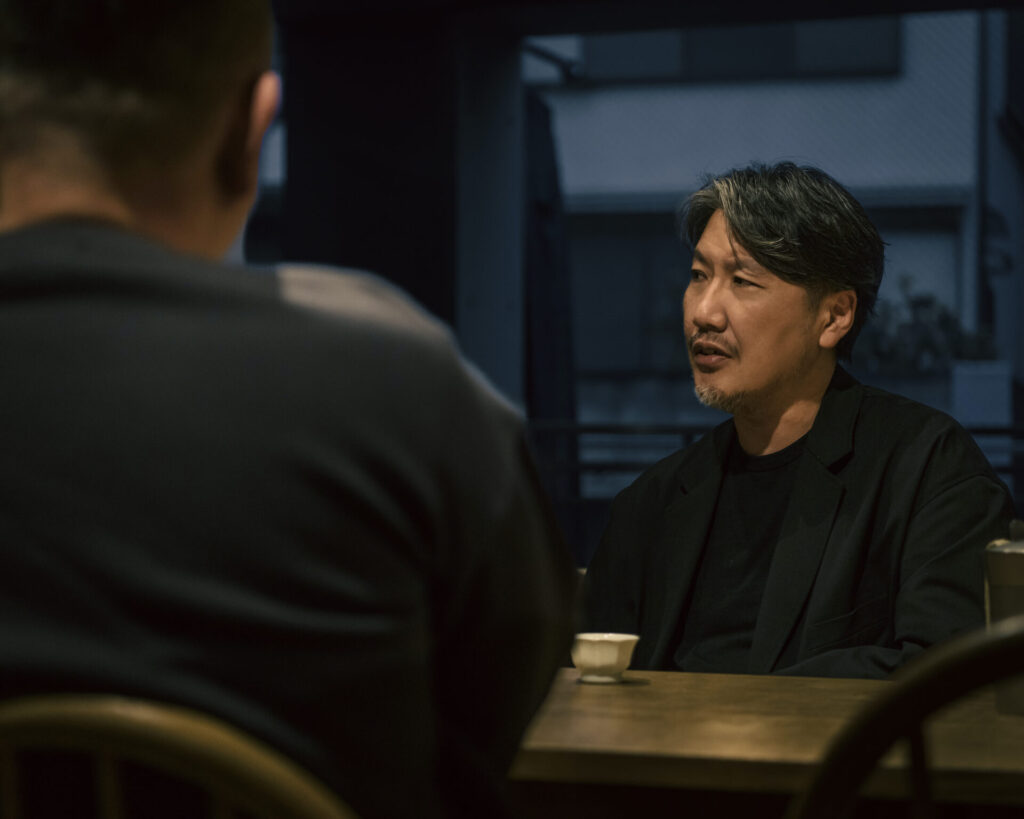
Shigeta: You will get into trouble if you try to create something without knowing the phase of “editing.” I have been asking newcomers in our company to experience the job from start to finish. Some joined the company because they wanted to get involved in manufacturing. Still, I have asked them to experience production development, jobs on the sales floor, and a PR-like job because they need to know how to draw customers’ attention. We completed one of the projects they worked on in that way. In the other project, however, while making the press release, they encountered the problem of being unable to see who they were writing it for and what they wanted to convey. Furthermore, when sorting things out, it turned out that the finished product was not the right answer, and we ended up making it over.
——Does it mean they noticed the problem because they went through the editing phase?
Shigeta: That might be true. The thing is, how should we tell elementary school children that editing has such an important role? Although you can tell them that editing is about design or a way to convey creators’ thoughts, I don’t think it fully describes its essence as many elements are mixed. That is why I explained to them that editing has different roles, and I felt I could convey the message as their reaction was quite good.
Uno: You often talk about gradation, don’t you? You also say what is essential is not 0 or 100, but the gradation between them. I also agree with your idea, and I have been paying attention to it since I opened my shop. Editing has a huge impact on gradation and the level of understanding of the world. But you just said that editing has different roles, and it gives me a new insight because, looking back on what I have done, I am not sure if I have paid attention to it. However, through the experience I learned from running a shop, I understand that the editing of bringing something from somewhere and the editing to convey it to the world is completely different.
——In graphic design and editorial design, I have a strong impression that editing related to “creation” and “communication” is one process.
Uno: It might be true. I don’t have that thought that they are different. Probably because the design is made for the client in most cases, not the general people. However, I had opportunities to contact general people after I opened my shop, which made me realize that there was a different type of editing that required different kinds of effort.
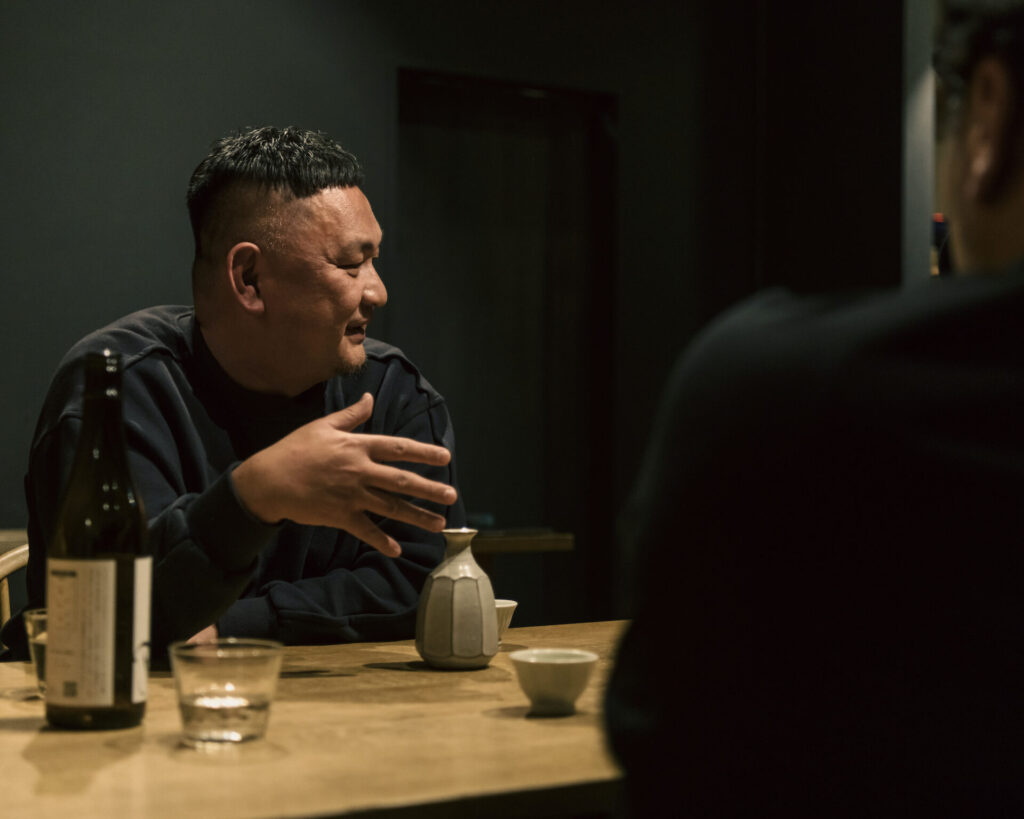
“I want to cultivate their sense and let them make their dreams come true in the end. That must be the final destination of editing.” (Uno)
Shigeta: Regarding “editing skills,” what really shocked me was the changes in Tokyu Hands and Loft. When I started the cosmetics business in Tokyo, the editing skills of the two companies were incredible. They could estimate the value of products completely unknown in society, convert the value into language that end users could understand, and introduce it through POP display and customer services. In short, they were doing the editing tasks between “sell” and “buy.”
Our cosmetics products must have been difficult to sell as we did not excessively purport the effects and benefits. Nevertheless, their editing skill gave us an opportunity to get known by users. However, when e-commerce and drugstores gained power around 2015, they had no choice but to change their policy: they started focusing on inventory efficiency and choosing products that sold well or items that were trending on social media. As a result, buyers’ jobs changed to something that could be done by just checking the POS data of other companies. It was like, there is no need to go all the way to the exhibition and talk face-to-face with manufacturers as long as you check the trends on social media.
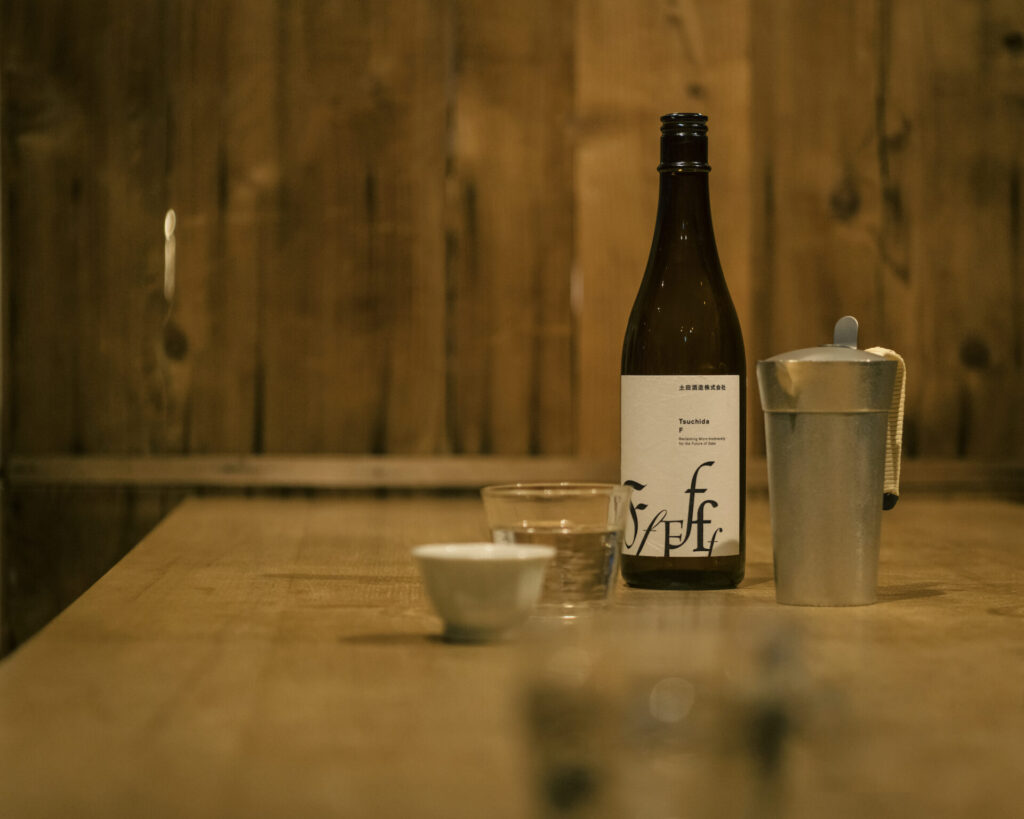
Uno: That is probably true. Buyers keep an eye on promising products in advance, and the creators can get orders without displaying them on exhibition. So, when I check products lined up at big exhibitions, I can not help but wonder if these will not sell well. Moreover, when I drop by their booth and if the salesperson says something like, “We just had a buyer from a major select shop,” my motivation to deal with them immediately fades away. There is no meaning for small shops like ours to compete with them. First of all, it is not interesting.
——I think the situation where anybody can spread information through the internet has expanded the base for those who can play a role as evaluators.
Uno: In the tableware industry, cooking specialists and stylists fall into the category. Including influencers, such people do editorial work that we have been doing, and things are selling well with the information they spread. Now, what is required is the skill of the people who receive the information.
We refined our sense without noticing it by frequently visiting shops and talking with shopkeepers and buyers known for their discerning eyes. In that sense, you can say that the shops and staff developed our sense. However, I doubt if there is anything you can learn from Youtubers and Instagrammers who solely aim at buzz by exaggeratedly introducing products.
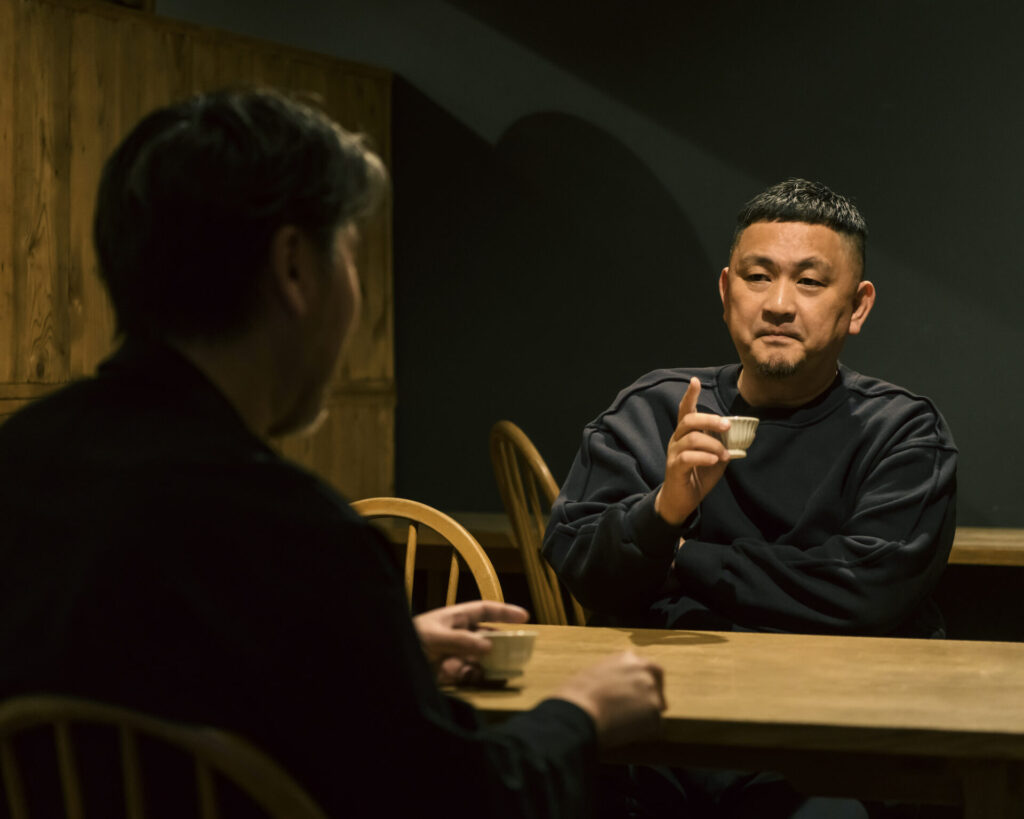
——The act of editing also has the role of “cultivating” the ability and sense of the people involved.
Uno: Exactly. I want to cultivate their sense and let them make their dreams come true in the end. That must be the final destination of editing. But now everything ends up as just a dot.
——What does “editing” mean for you?
Uno: I was expecting the question. As I said earlier, I like the idea of the gradation Mr. Shigeta mentioned. In that sense, I think it is the process of increasing the level of understanding of the gradation. If possible, I want to rotate the process at high speed. I approach the editing process with that kind of mindset.
——What is the intention behind “at high speed?”
Uno: Our business, above all else, starts by thinking about how to reach people who do not know anything about Japanese tableware. But if we spend too much time on that, we can not spend enough time on the next process, where people interested in tableware edit it in their own way. That is the process we want them to enjoy the most, though. It might sound like an exaggeration, but the Japanese tableware culture will never advance if we spend too long on the first stage.
As Japanese foods have spread rapidly worldwide, Japanese tableware should naturally follow. Yet, we often come across situations where high-class Japanese restaurants serve food with awful tableware. I want people to develop the ability to evaluate the tableware properly and refine the sense of taking them into their daily lives. I am reluctant to say we are “raising” them, but it is the direction in which we want to help people.
(to be continued in the second half)
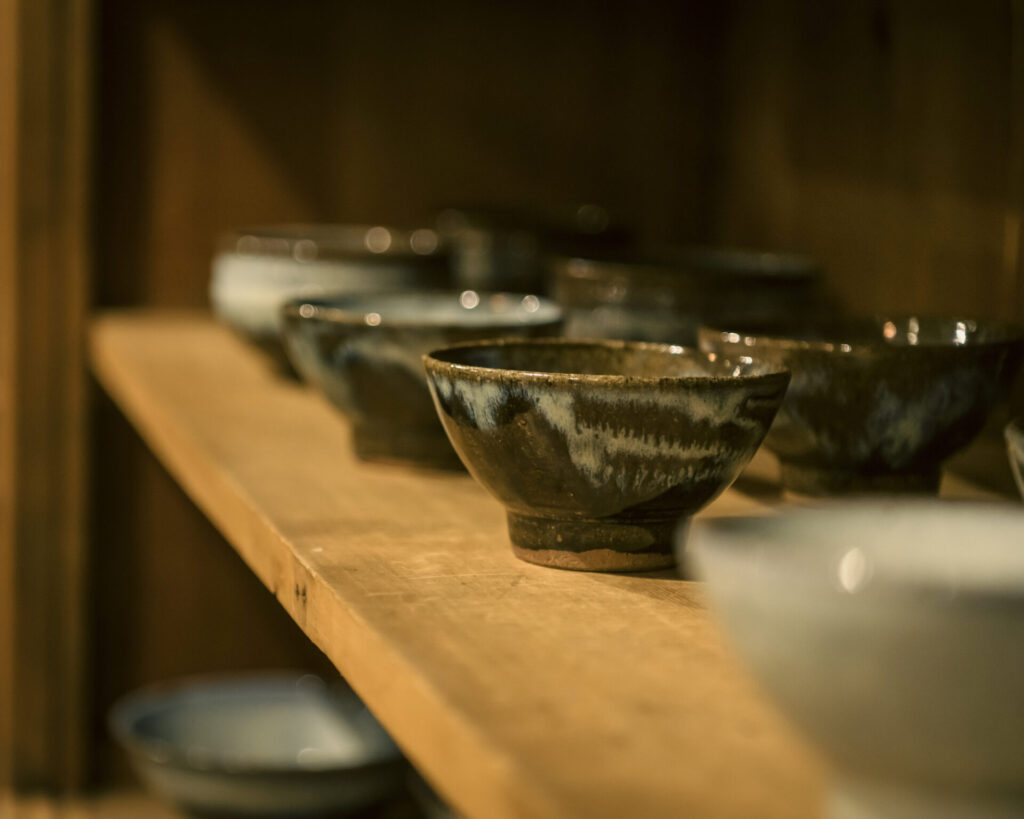
Profile
-
Shohei Uno
Uno was born in Tokyo in 1970. After graduating from the Graduate School of Science and Technology at Nihon University in 1995, he joined an architecture consultant firm before establishing SURMOMTER INC. with business partner Kayo Yamamoto. The company provides PR, advertisement planning, and design consulting regardless of genre or medium, from architecture to fashion and food. He also opened a shop called SML in Ebisu in 2009 that sells general goods he purchased overseas. After encountering the Ontayaki pottery, a folk pottery in Oita prefecture, he was attracted by the world of crafts and folk art and has focused on the selection of folk crafts across Japan. The shop now operates in Nakameguro, where he serves as a buyer and director. He once ran a bar in Kiyosumi Shirakawa, Tokyo, and he values the human connections made over the table and the food.
-
Masakazu Shigeta
After working as an engineer in the music industry, Shigeta began his career as a cosmetics developer in 2001. From 2004, he worked on various cosmetics brands in the healthcare business of Nitto Denka Kogyo Co., Ltd., a metal surface treatment company founded by his great-grandfather. In 2017, he founded “OSAJI,” a skincare lifestyle brand, and became its brand director. In 2021, as a new store of “OSAJI,” he produced “kako,” a specialized shop for home fragrances and perfume in Kuramae, Tokyo. In the following year, he opened a combined shop of “OSAJI,” “kako,” and a restaurant, “enso,” in Kamakura, Kanagawa. In 2023, utilizing the technical skill of Nitto Denka Kogyo, he launched a pottery brand, “HEGE,” and in October of the same year, he became CEO of OSAJI Inc. He also has published books on beauty and held cooking classes and events focusing on food, which is the origin of beauty. He released a collaborative album with F.I.B JOURNAL called “Gensho hyphenated” in November 2024 and has been expanding the range of activities.
Publications
Taberu Biyou (Eating for Beauty) (SHUFU TO SEIKATSU SHA, 2024)
42-Sai ni Nattara Yameru Biyou, Hajimeru Biyou (Beauty cares to quit and start when you turn 42) (Takarajimasha, 2022)
Information
SML
SML is a select shop for Japanese tableware that was renovated from its predecessor general goods shop in 2010 and relocated to Nakameguro in 2014. In a calm atmosphere, the shop is filled with tableware and tools from potters and artists across Japan. The shop focuses on planning and editing events, introducing the background of the people who created the pottery and goods and the region where they are made rather than just selling them, and the concept also attracts customers visiting from overseas. A design office, jointly run by the owner, is adjacent to the shop by one wall.
https://sm-l.jp
-
Photographs:Eisuke Komatsubara
-
Text:Masahiro Kamijo
NEWS LETTER
理想論 最新記事の
更新情報をお届けします
ご登録はこちら
ご登録はこちら
メールアドレス
ご登録ありがとうございます。
ご登録確認メールをお送りいたします。
